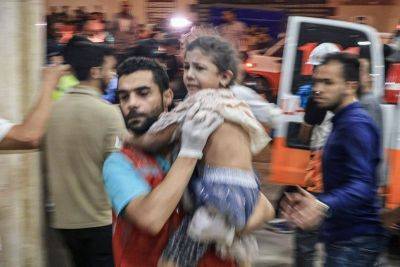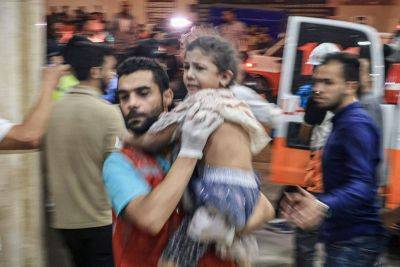Millions of children displaced due to extreme weather events, says UNICEF
Storms, floods, fires and other extreme weather events led to more than 43 million displacements involving children between 2016 and 2021, according to a United Nations report.
More than 113 million displacements of children will occur in the next three decades, estimated the UNICEF report released on Friday, which took into account risks from flooding rivers, cyclonic winds and floods that follow a storm.
The miseries of long, drawn-out disasters like droughts are often underreported. Children had to leave their homes at least 1.3 million times because of drought in the years covered by the report — more than half of them in Somalia — but this is likely an undercount, the report said. Unlike during floods or storms, there are no pre-emptive evacuations during a drought.
Worldwide, climate change has already left millions homeless. Rising seas are eating away at coastlines; storms are battering cities, and drought is exacerbating conflict. But while catastrophes intensify, the world has yet to recognize climate migrants and find formal ways of protecting them.
“The reality is that far more children are going to be impacted in (the) future, as the impacts of climate change continue to intensify,” said Laura Healy, a migration specialist at UNICEF and one of the report's authors.
Nearly a third, or 43 million of the 134 million times that people were uprooted from their homes due to extreme weather from 2016-21 included children. Nearly half were forced from their homes by storms. Of those, nearly 4 of the 10 displacements were in the Philippines.
The Philippines, India and China had the most child displacement by climate hazards, accounting for nearly half.
But, on average, children living in the Horn of Africa or on a small island in the Caribbean are more vulnerable. Many are enduring “overlapping crises” — where risks from climate extremes are compounded by conflict, fragile institutions and poverty, Healy said.
Leaving home subjects children to extra risks.
Children are more vulnerable because they are dependent on adults. This puts them at the risk of being exploited and not having protections, said Mimi Vu, a Vietnam-based expert on human trafficking and







